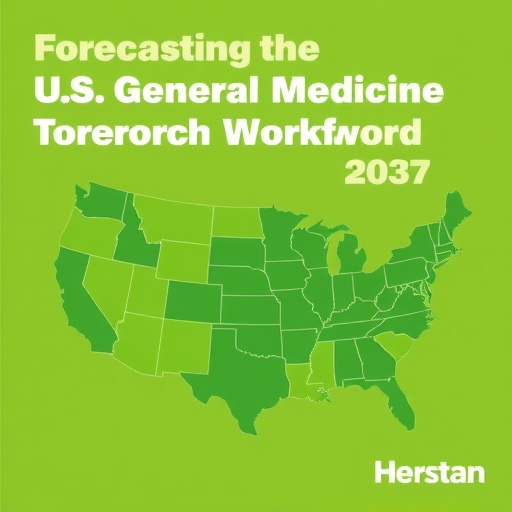Researchers from the Morgridge Institute for Research and the Murdoch Children's Research Institute (MCRI) in Australia have devised a way to dramatically cut the time involved in reprogramming and genetically correcting stem cells, an important step to making future therapies possible.
Led by Sara Howden, a postdoctoral fellow at MCRI and formerly with the Morgridge Institute, the study demonstrates how genetically repaired stem cells can be derived from patient skin cells in as little as two weeks, compared to conventional multi-step approaches that take more than three months.
The key to the advance, published in today's issue of the journal Stem Cell Reports, is to combine two essential steps in preparing cells for potential therapy. First, adult cells must be reprogrammed to an embryonic cell-like state in order to be differentiated into the cells of interest. Second, the cells need to undergo a sophisticated gene editing process to correct the disease-causing mutation.
Howden and colleagues successfully combined these two steps in skin cells derived from an adult patient with retinal degeneration, and an infant patient with severe immunodeficiency.
"The method developed in our study could potentially advance transplant medicine by making gene-corrected cells available to patients in a much more timely manner, and at a lower cost," says Howden. "It will have implications immediately for researchers working in regenerative medicine."
Howden completed much of the research in the Morgridge Regenerative Biology Laboratory, led by stem cell pioneer James Thomson.
"If you want to conduct therapies using patient-specific iPS cells, the timeline makes it hard to accomplish," Thomson says. "If you add correcting a genetic defect, it really looks like a non-starter. You have to make the cell line, characterize it, correct it, then differentiate it to the cells of interest."
Adds Thomson: "In this new approach, Dr. Howden succeeded in combining the reprogramming and the gene correction steps together using the new Cas9/CRISPR technology, greatly reducing the time required."
Howden says the faster process also means the cell culture period is greatly reduced, potentially minimizing the risks associated with culturing cells outside of the human body, such as genome instability or other epigenetic changes.
Induced pluripotent cells (iPS cells) hold great promise for medical research because they can essentially be derived from any individual and are capable of becoming any of the 220 types of cells in the human body. And the ability to efficiently and precisely modify the DNA in these cells offers enormous potential for the development of personalized stem cell therapies that benefit people with many different types of genetic disorders.
Howden says one potential next step is to adapt the protocol to work with blood samples. Not only is a blood draw less invasive than a skin biopsy, it also could further reduce the time to obtain genetically repaired iPS cells. Skin cells need to be expanded for several weeks before initiating reprogramming.
This "fast-tracked process" could be most influential in cases where urgent medical intervention is needed, adds Howden. One example is severe combined immunodeficiency, where children typically die within the first few years of life. However, Howden says scientists still need to derive a long-term source of blood cells from pluripotent stem cells before such treatments are viable.
###
The Murdoch Children's Research Institute conducts extensive research into the use of iPS cells for the study and potential development of treatments for many forms of human disease including renal dysfunction, heart disease and mitochondrial disorders.
The private, nonprofit Morgridge Institute for Research works to improve human health by conducting and translating innovative, interdisciplinary biomedical research, in partnership with the University of Wisconsin-Madison. Regenerative biology is one of the institute's core research focus areas.




